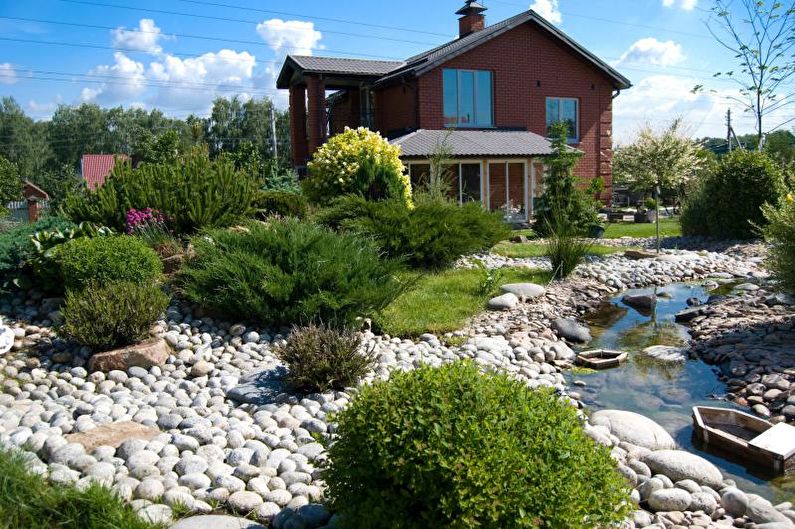
Conifers have beautiful and neat shapes, and also emit an incredibly fresh and pleasant scent. For this reason, many designers and regular cottagers love to use these plants on private landscapes. The varieties vary greatly in their color, configuration, and sizes, so they can be combined with any garden decor. Let’s look at the most notable and popular ones – what to prefer and how to care for selected plants.
Shape and Size of Coniferous Trees
As a rule, when talking about coniferous trees, a beautiful green cone is imagined. But as you understand, the variations of crown structure do not end there. For example, the Western Thuja ‘Danica’ appears in the form of a sphere, and ‘Columa’ – a slender column. There are also weeping configurations, for example, the European larch ‘Pendula’.
The natural look of most conifers can be varied at your discretion, as they respond well to pinching and pruning. Everything will depend on the skills and ideas of the gardener: you can cut out a cute animal, or you can make a spiral column.
Before buying a tree, ask about the height of the adult plant. Conifers in this respect are no less diverse than their deciduous counterparts – you can choose a tall or dwarf representative. Gymnosperms grow not very fast, but still, inappropriate growth can lead to difficulties in the future. This parameter dictates the location for planting.
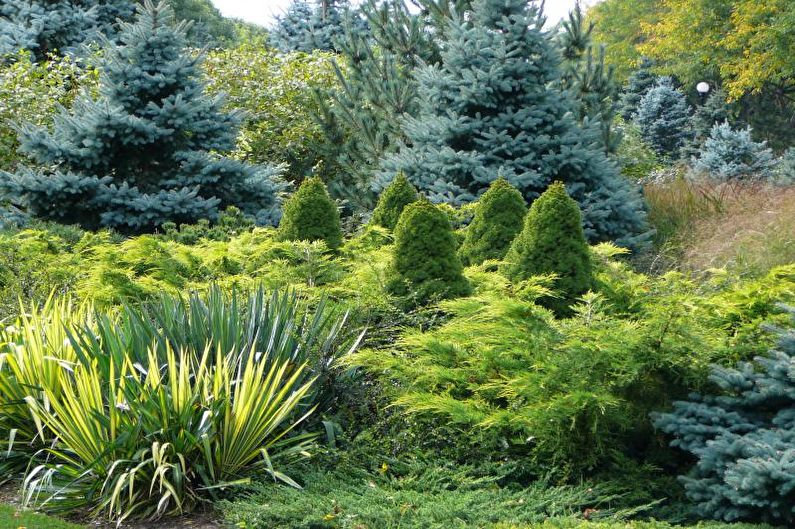
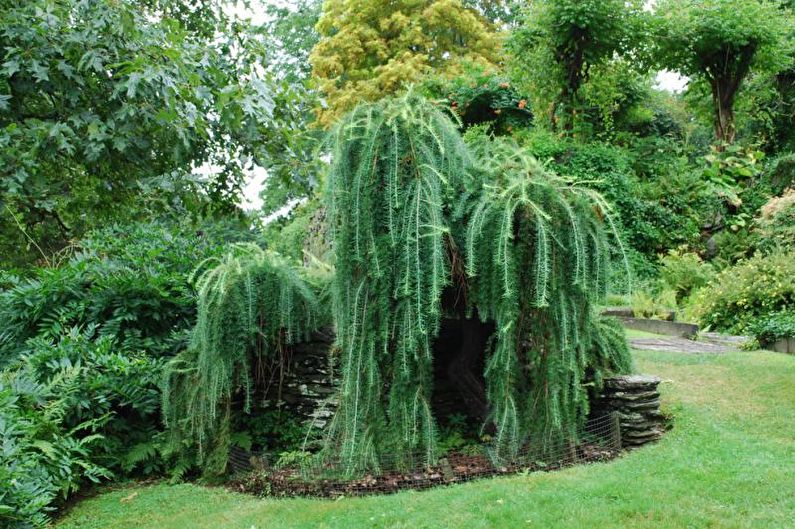

Color Palette of Coniferous Trees
The color palette of coniferous vegetation is diverse. You can select the necessary varieties in blue, silver, and even yellow shades. At the same time, the tone of the plants varies not only depending on the selected variety, but also from the season, as well as the location where they grow.
Closer to the winter period, most varieties become darker. In spring, as in the case with deciduous ones, conifers acquire a delicate light shade. This look is very festive, and in the spring the garden will be especially beautiful.
The gamma of yellow color is highlighted by bright sun rays. At the same time, in a shaded place such gymnosperms will not appear so attractive. Larch acquires a yellow color in the fall, similar to deciduous trees.
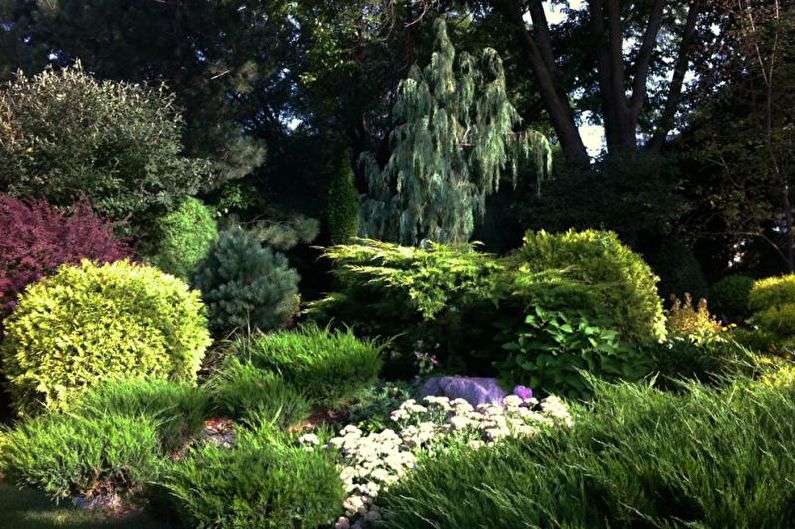
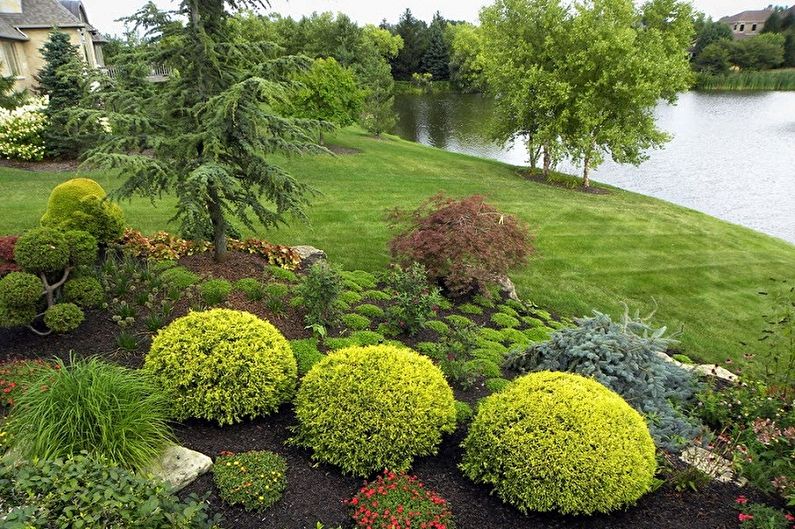
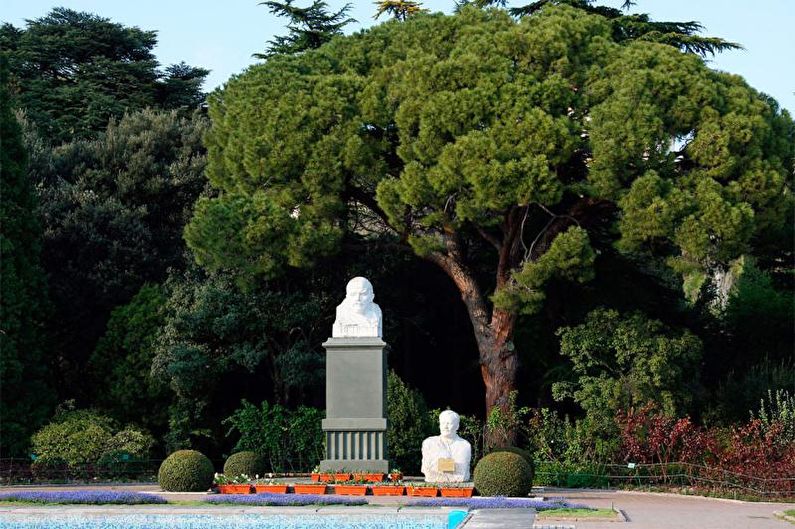
Selecting a Location for a Coniferous Tree
The majority of evergreens prefer zones with a large amount of light. This is largely true for some species of juniper, pine, and larch. Partial shade will suit ordinary juniper, spruce, thuja, and fir. Receiving minimum light can be a microbiota, tsuga, and yew.
It’s important to know that some conifers get sunburned from the spring sun rays. This happens because the active sun stimulates sap movement, and, since the soil hasn’t warmed up yet, the root system is unable to soak the plant with necessary moisture. Due to the insufficient amount of liquid, the needles dry up and become more reddish. Such plants require light shade.
Most gymnosperms like moist soil and respond well to humid air. Try to plant vegetation near artificial or natural bodies of water. However, a marshy, damp location, which is characterized by proximity to groundwater, is also not suitable for these trees or shrubs.
It’s best to plant in loose soil with low acidity. Otherwise, you should provide effective drainage. Arborvitae requires moisture more than others, while spruce or pine grow well in somewhat dry soil, but with proper watering.
Choose a plant based on the climatic conditions of your plot. The following varieties withstand winter well: Sakhalin and Siberian fir; Siberian cedar, Scotch pine; prickly, Canadian gray spruce; Siberian larch; western arborvitae; Cossack, Siberian, common juniper; Siberian dwarf pine.
These plants do not require thorough preparatory procedures before the winter season. However, in case of a dry fall, they should be watered generously. Also, to prevent strong gusts of wind and snow from damaging the branches of the arborvitae, tie its crown with twine.
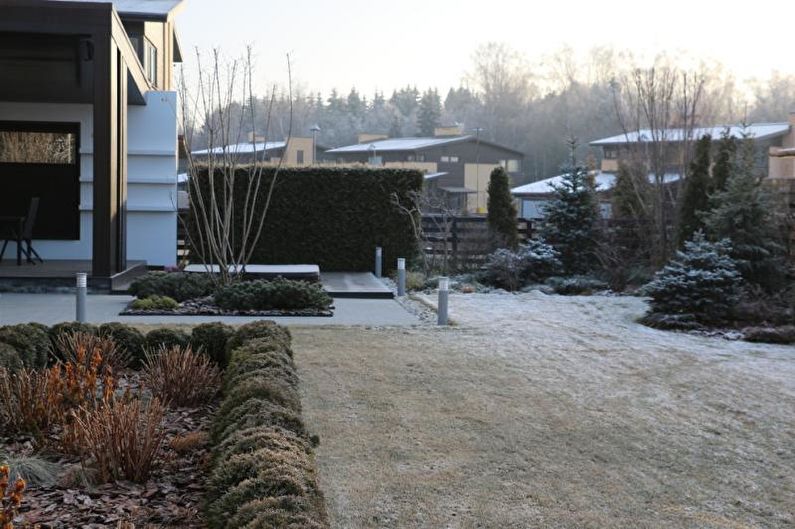
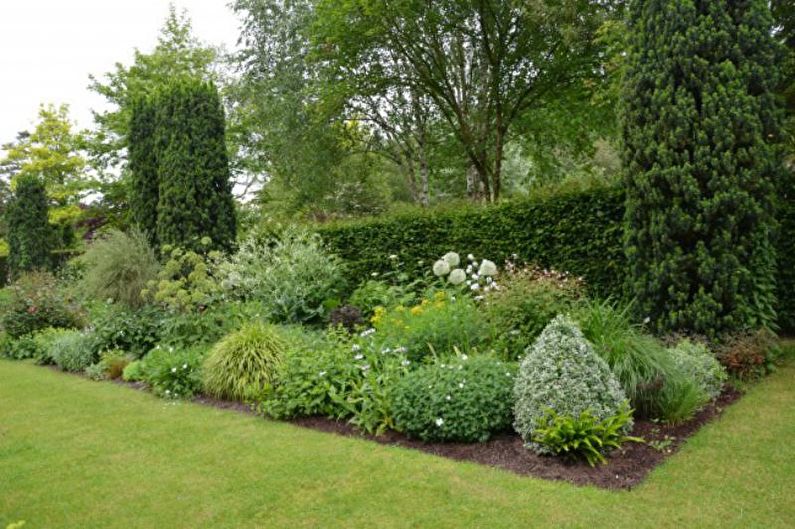
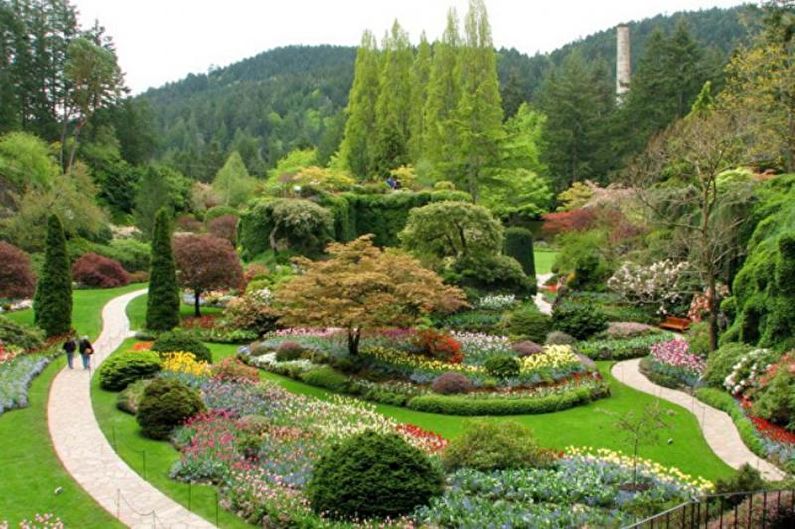
What plants to plant with conifers
When planning your site design, consider the possibility of coexistence of different plants:
– Larch should be planted separately from other conifers;
– Lush roses are especially attractive against the background of evergreen vegetation, but for beautiful flowers, such an arrangement is extremely undesirable due to increased soil acidity around gymnosperms;
– Arborvitae will not tolerate a spruce planted next to it;
– Do not grow spruces, firs near cedar or pine;
– Conifers will grow slowly if you make them neighbors with bird cherry or birch – they will deplete the soil.
Arrange evergreen vegetation with flowers that tolerate acidic soil, grasses, as well as deciduous trees and shrubs. A picturesque image of the site can be obtained thanks to conifers against the background of a body of water, especially if weeping trees will stand nearby.
To create a winning and harmonious composition, rely on these indicators:
– Correct geometry of configurations – polished shapes will beautifully combine with each other. For example, place a high coniferous tree in the form of a pyramid next to a spherical thuja. In this way, you will create a contrasting multi-tiered arrangement;
– Conifers oriented to the east or west side of the light will look especially impressive;
– Note that a full overview of the coniferous composition will be achieved from a distance that is twice as large as the length of this landscape construction (make sure to double the original length in feet);
– You definitely won’t lose if you choose a stone or neat lawn as a backdrop for the coniferous.
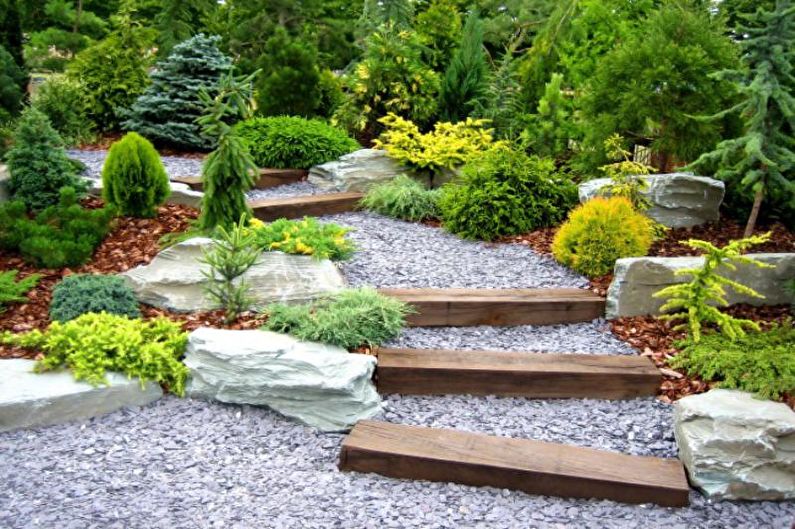
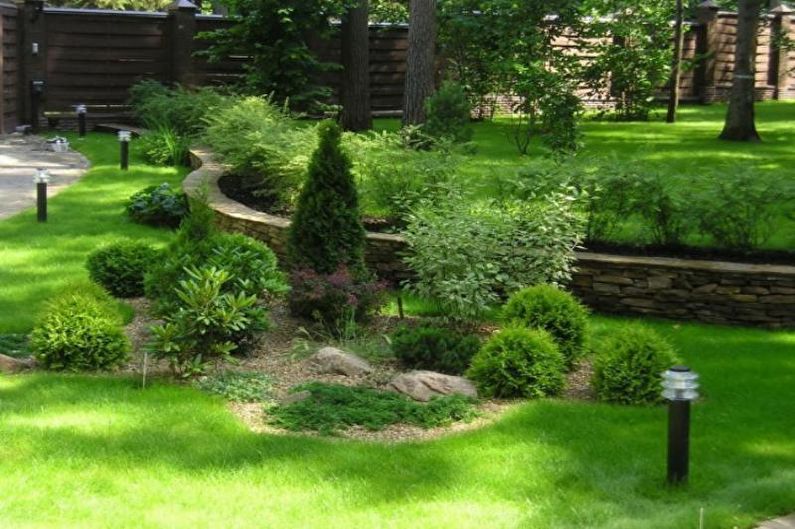
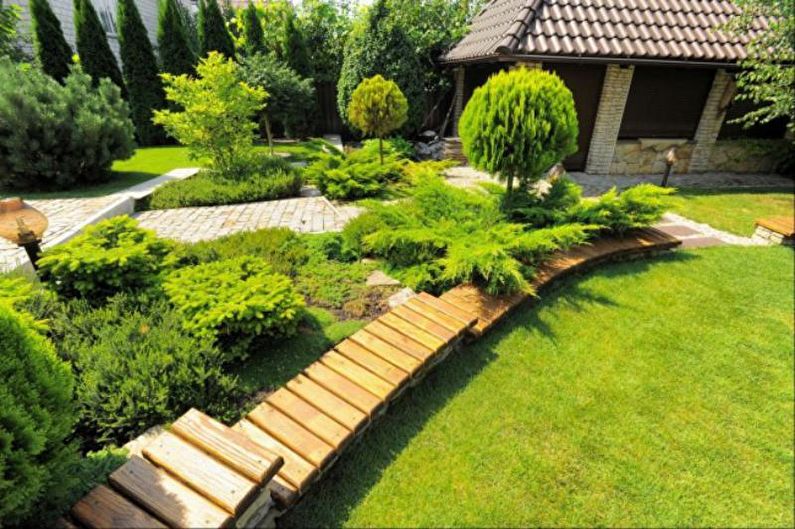
Stylish design of a garden with coniferous trees
Evergreen vegetation goes perfectly with most design solutions:
– Japanese gardens will be decorated with ornamental pines, supplemented by low-growing coniferous plants, shrubs, and stones;
– A classic regular garden will be supplemented by topiary, conical, columnar conifers;
– In a rock garden or garden decorated with gravel, dwarf representatives will look beautiful;
– Natural compositions support any types and varieties of gymnosperms;
– A small container garden can transform dwarf evergreens;
– A courtyard in the style of rustic, country, with structures made of beautiful wood, stones of natural shape will look very nice if decorated with emerald branches;
– A Scandinavian house will be very effectively set off by a stone garden with conifers of various sorts;
– An area designed in a modern style, filled with straight lines, chrome objects, will be emphasized by neat vegetation of strict forms.
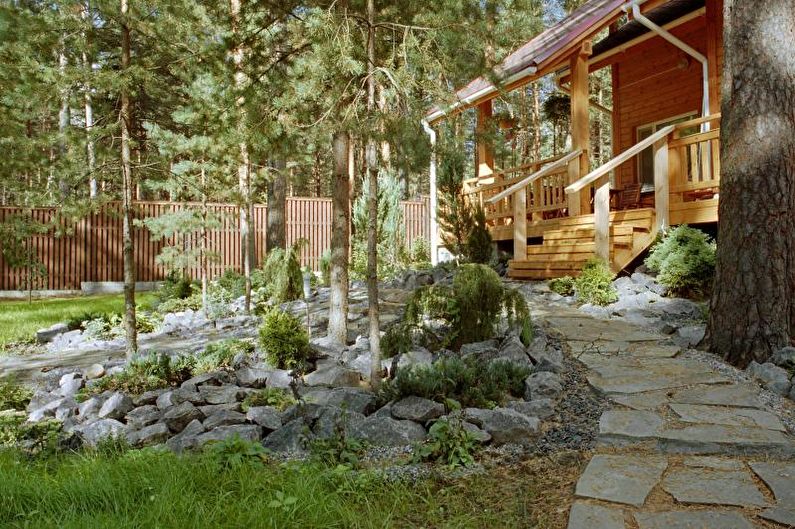
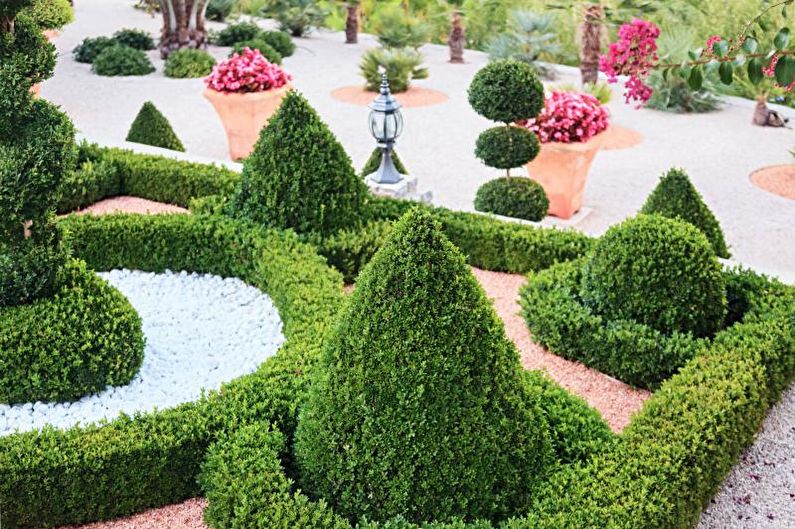
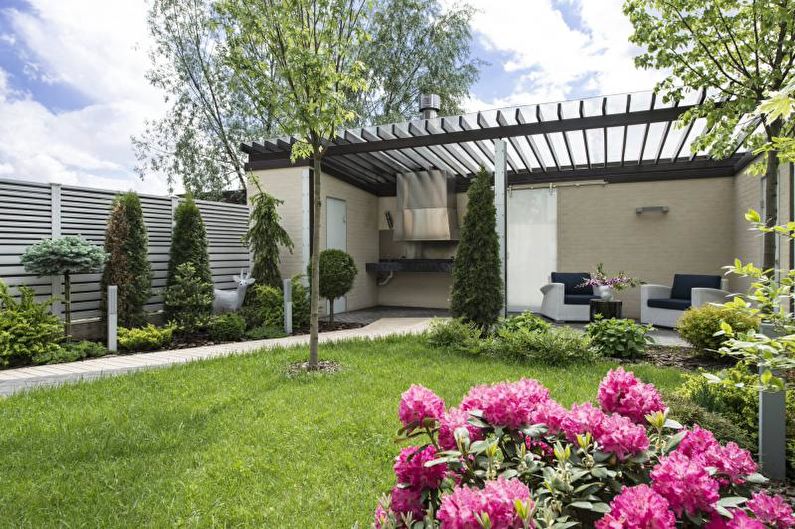
Functional use of coniferous trees
In addition to the fact that gymnosperms enrich the air with a pleasant aroma, help in creating a specific stylistic solution, they can also perform various functional roles.
For example, conifers are excellent for forming a graceful living hedge. These can be tall plants planted right next to the main fence, or small bushes that enclose a flower bed. Also try to mark the lines of garden paths, simply plant compact bushes around the perimeter and trim them regularly.
A mixed border of large flowers, colorful bushes will be supplemented by coniferous trees and shrubs of various shapes and shades. They can be in the center of the composition or become a kind of background for it. In addition to this, evergreen representatives of the flora are attractive in themselves, and therefore they can be used separately from other plants or supplemented with low-growing plants that do not attract much attention. Such a solution is especially appropriate in an open area.
It’s important to consider that falling conifer needles will make the soil more acidic, and a tall tree with a dense crown will create a dense shade – not every plant will suit such conditions.
Coniferous trees are great helpers in dividing the space into separate zones. Mark a rest area with a bench or swings with ornamental shrubs or trees – it will look very natural and harmonious.
By preferring juniper, spruce, or pine, you will not only noticeably transform the site, but also provide the area with a beneficial smell with useful phytoncides, which will contribute to the stronger health of the owners and guests of your private territory.
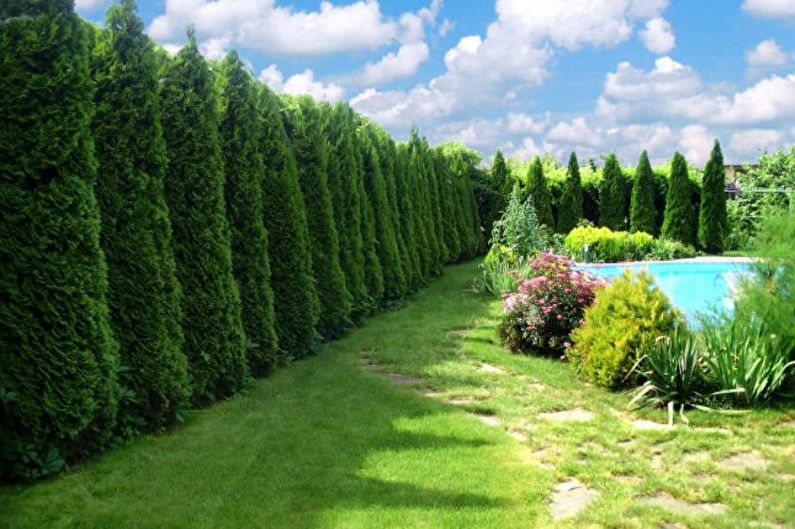
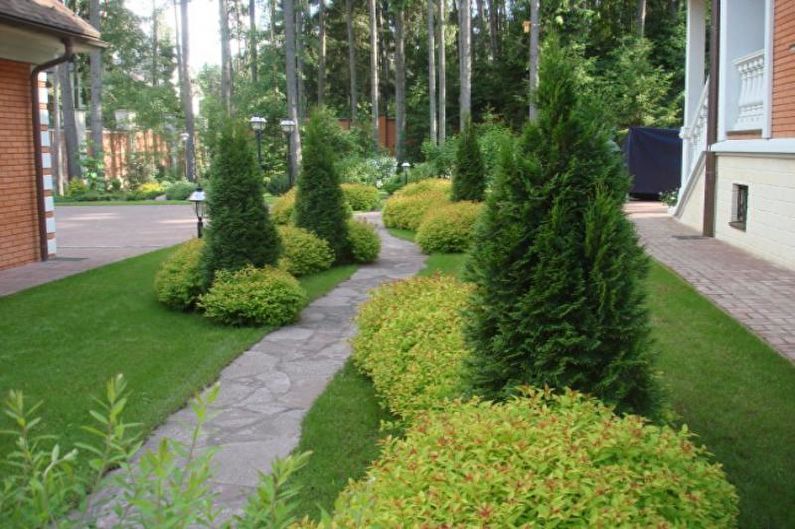
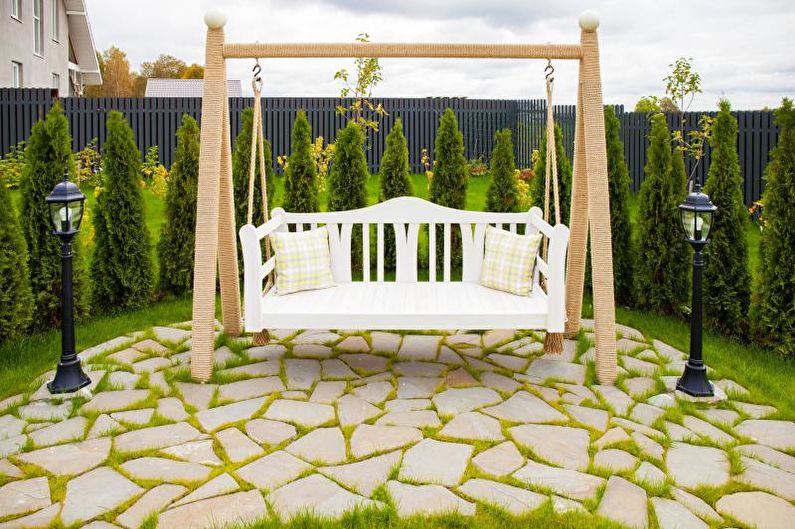
Coniferous trees for landscape design – photos
It’s difficult to cover all aspects of using beautiful coniferous trees in the garden territory. But, as they say in a wise saying, it’s better to see once than to hear a hundred times. We wish you inspiration and pleasant viewing!
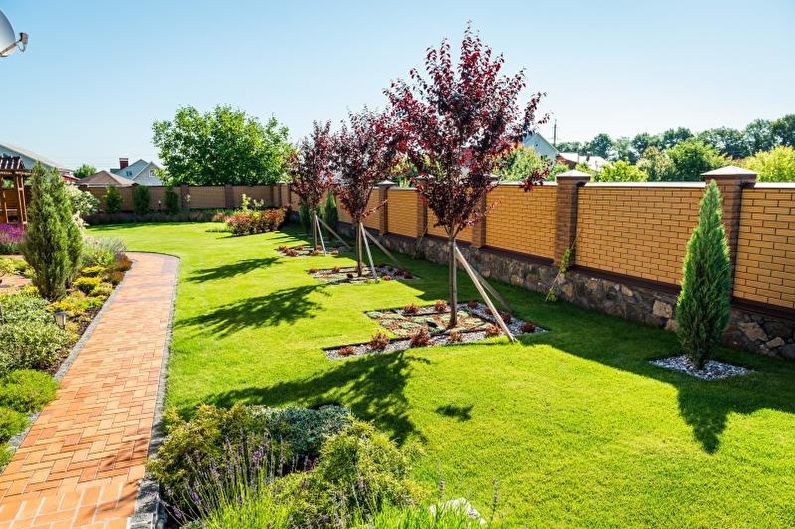
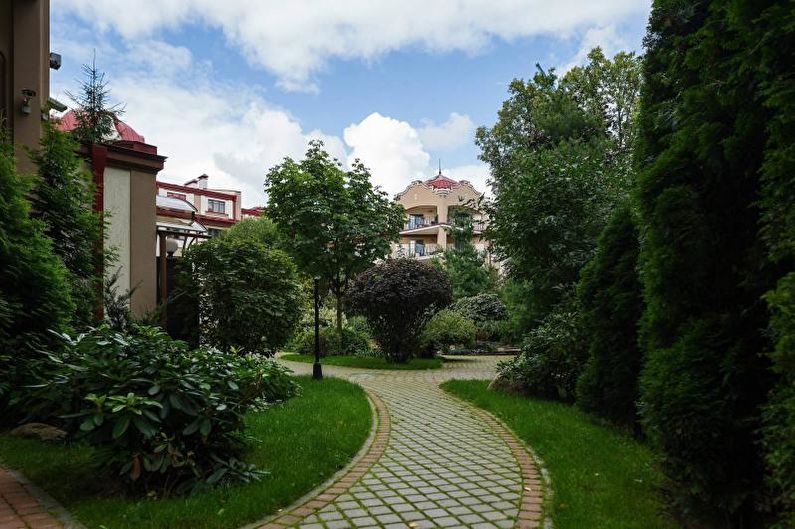

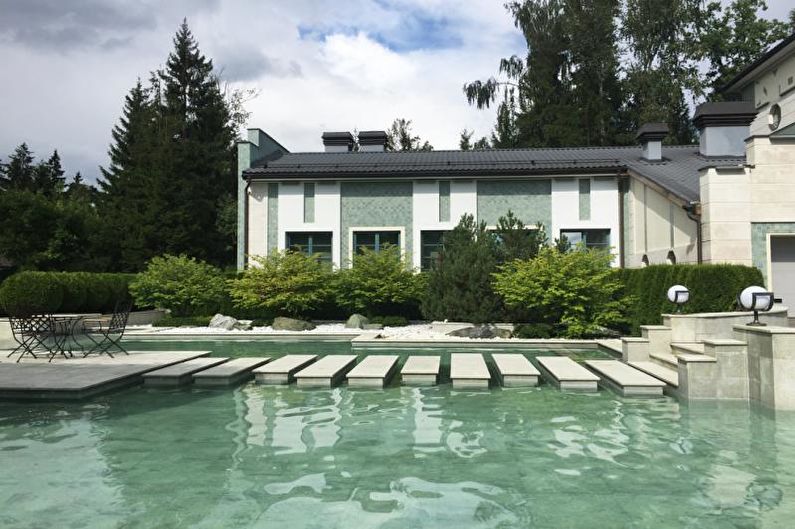
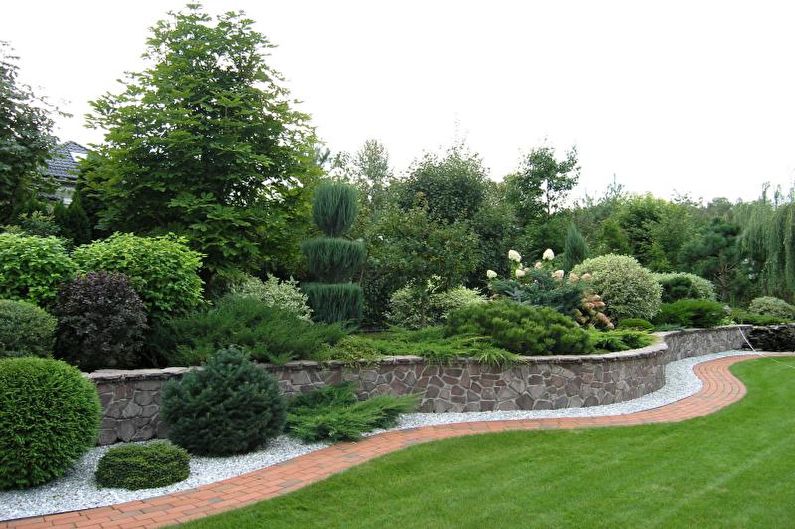
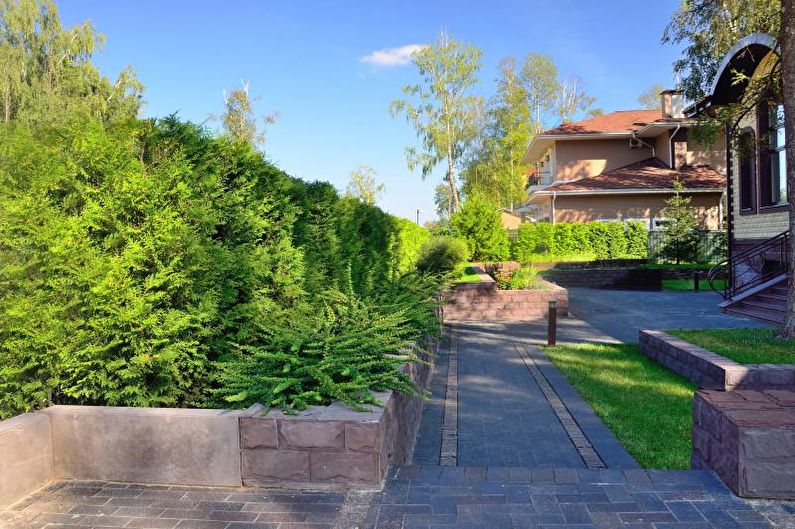
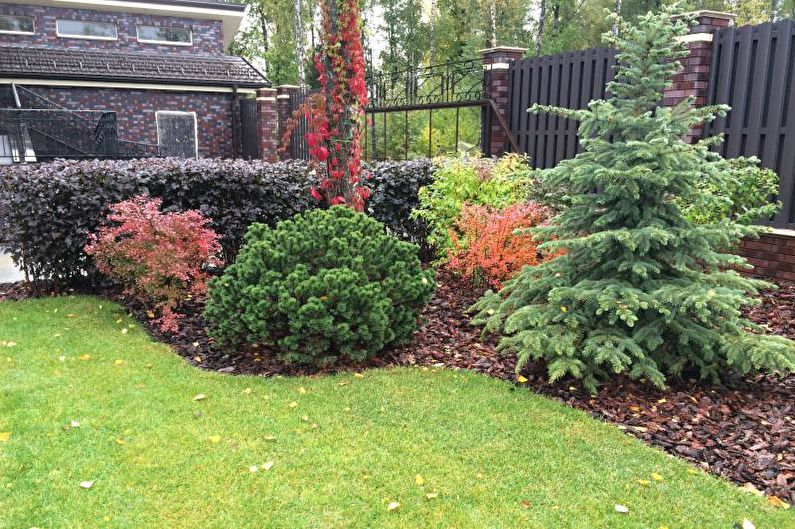
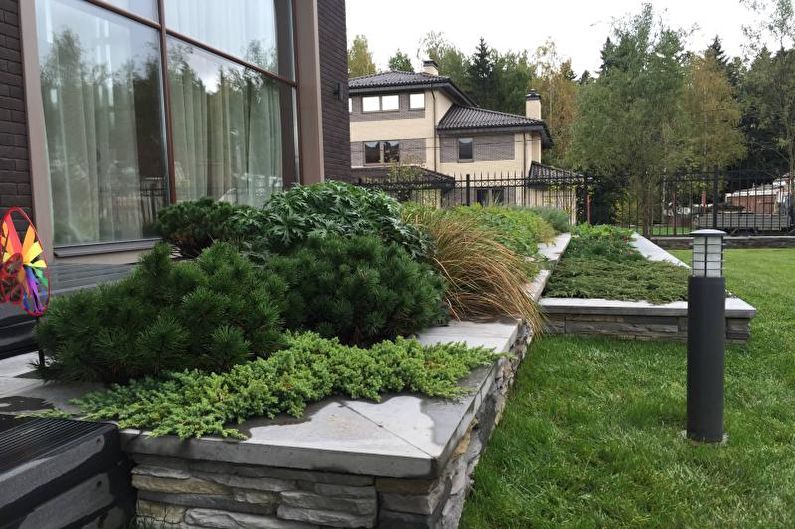
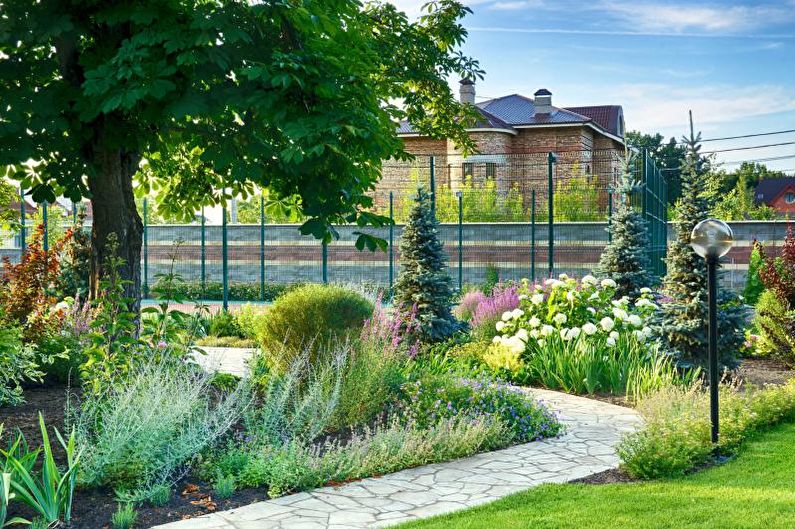
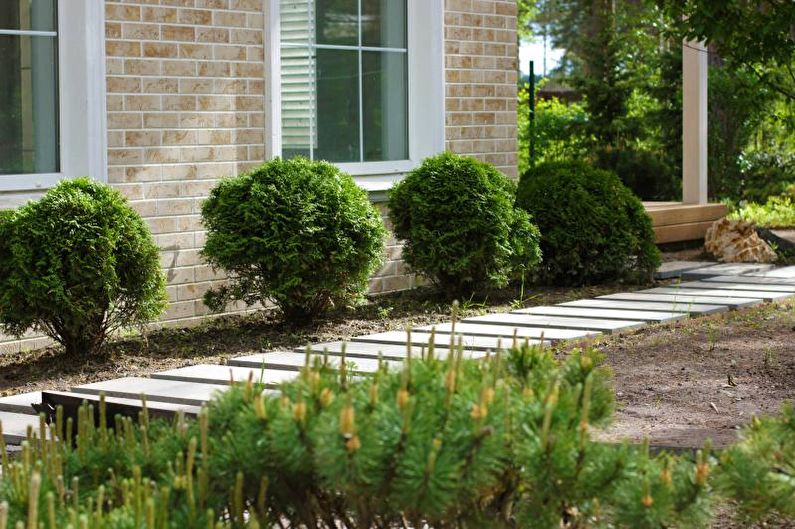
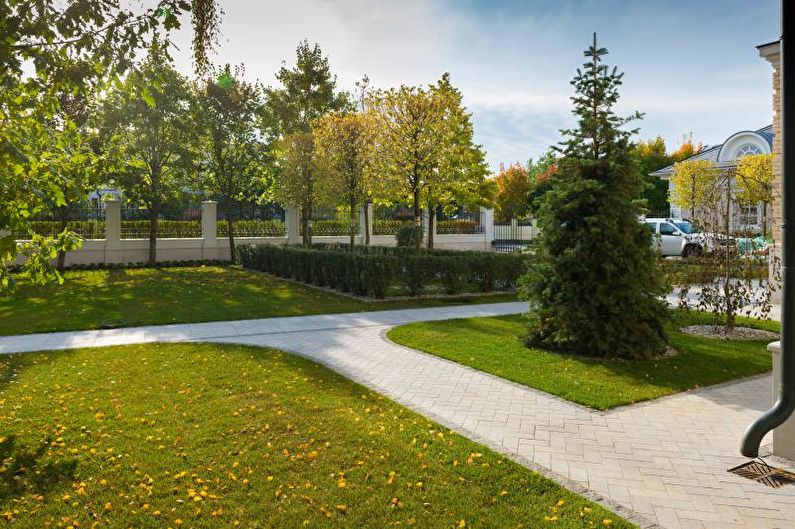
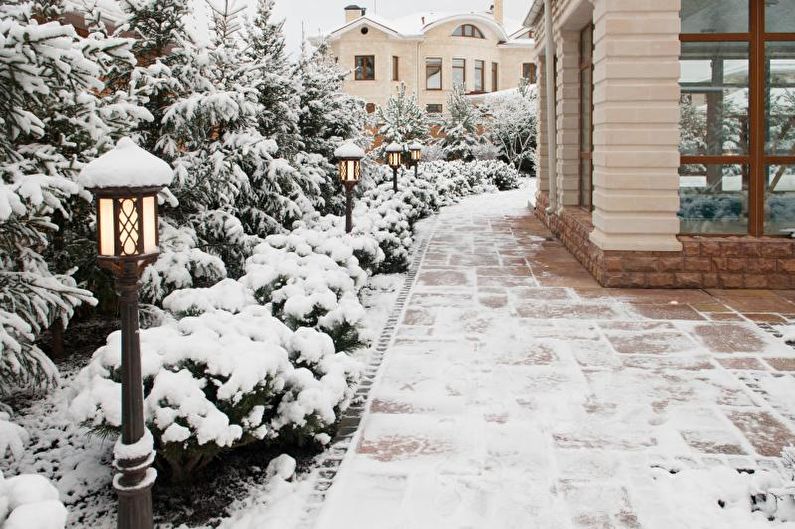
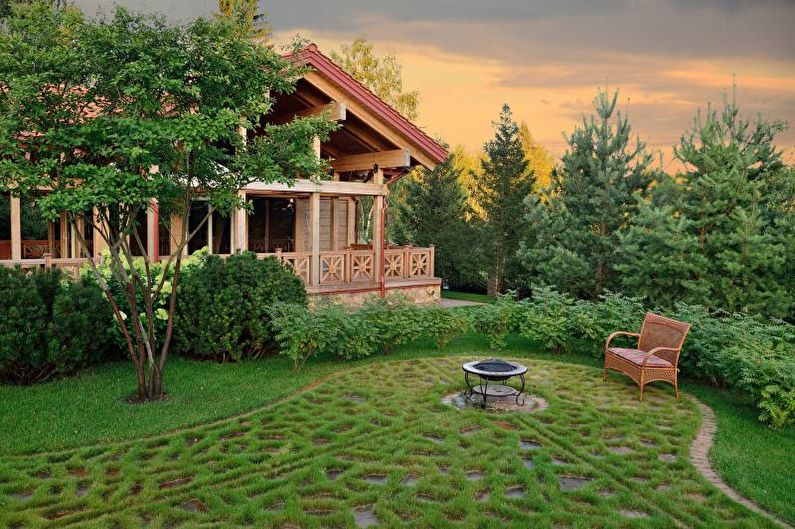
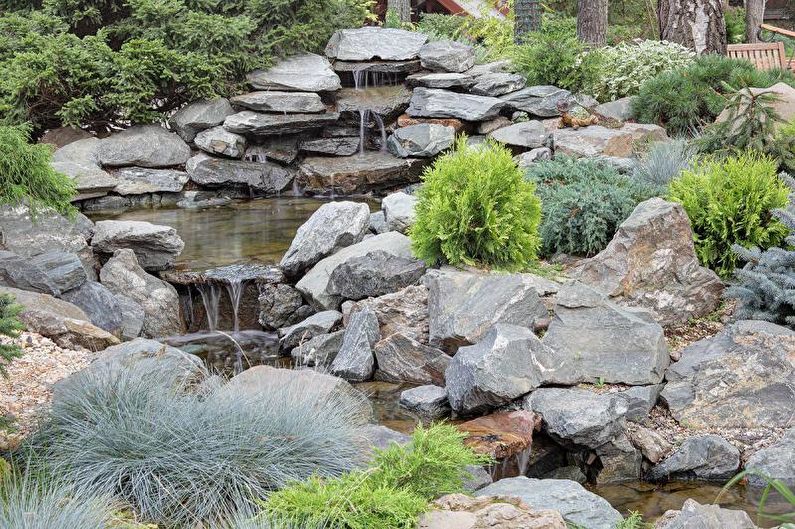
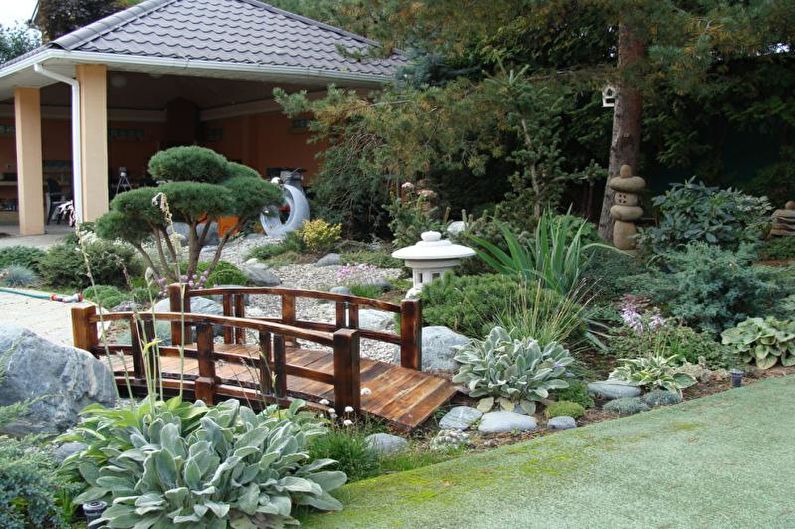
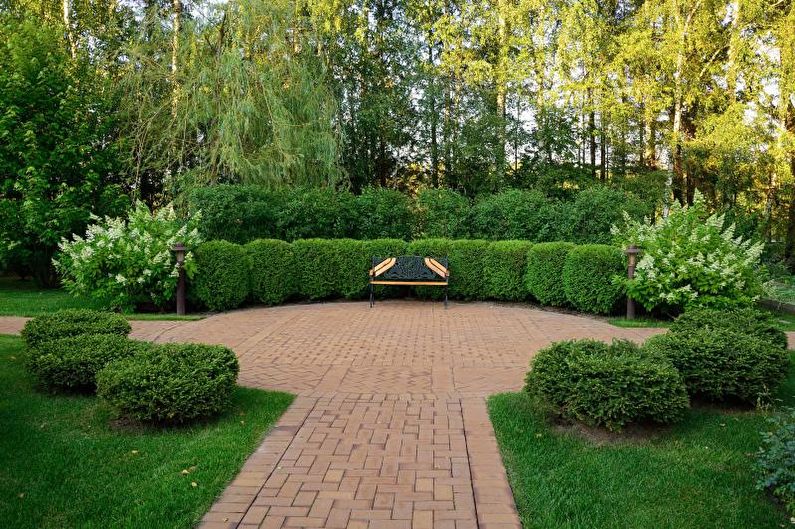
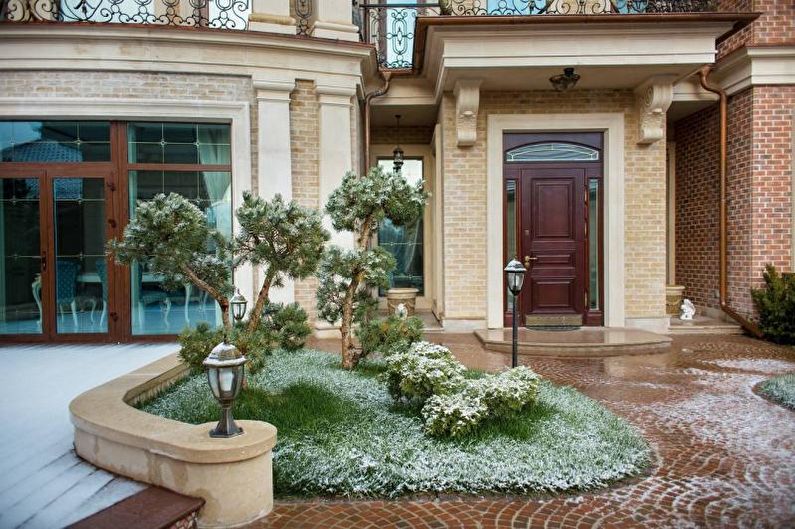
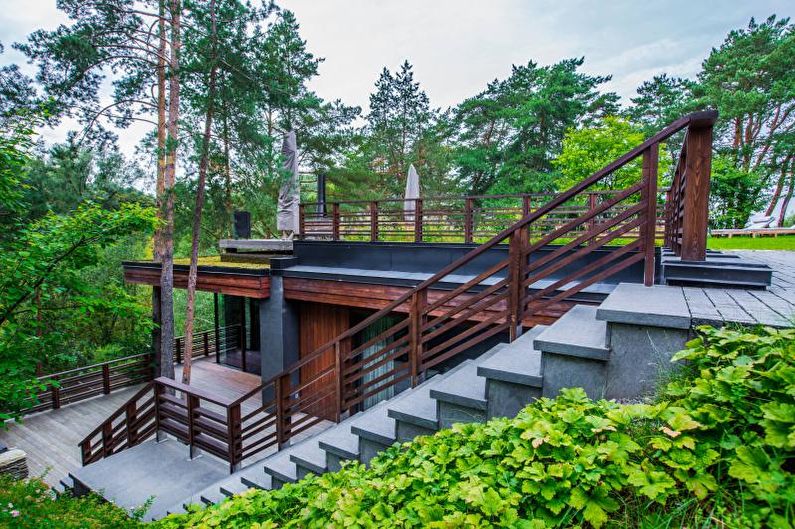
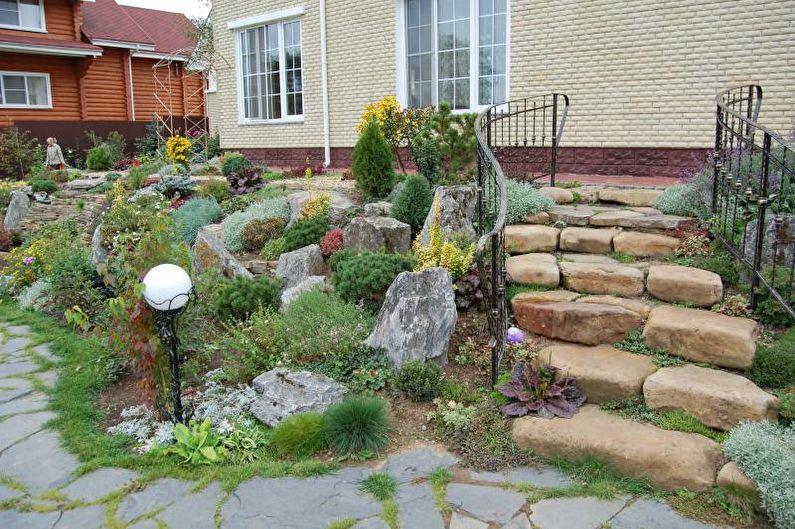
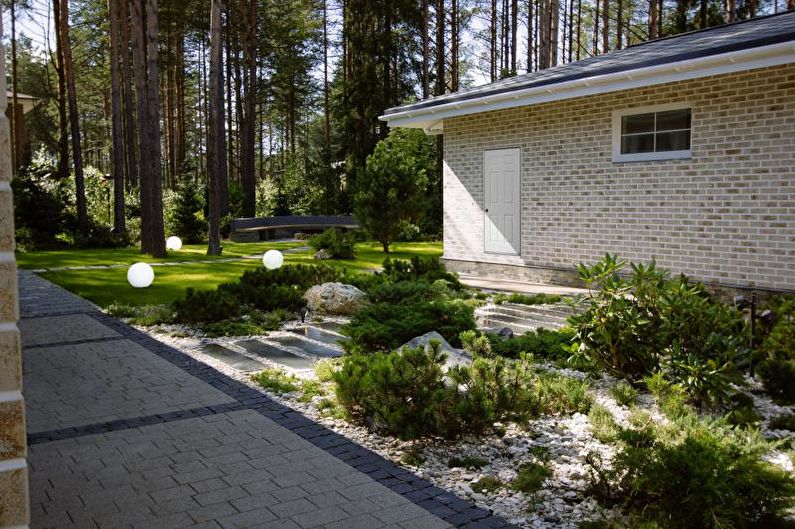
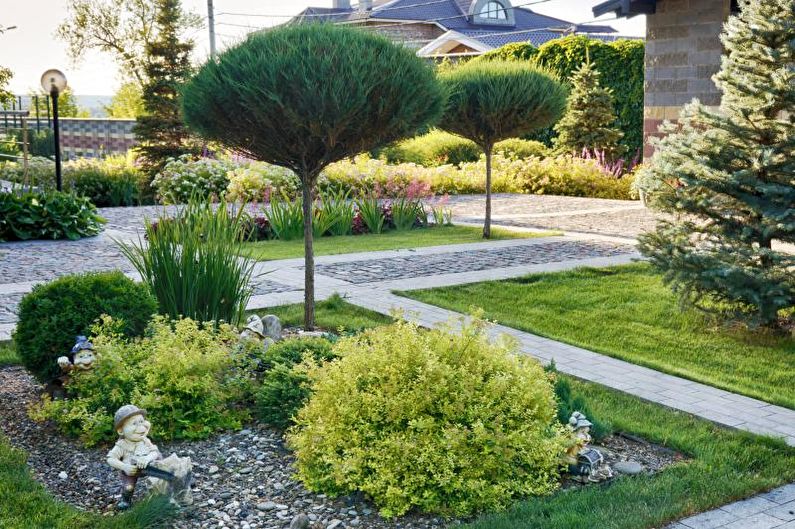
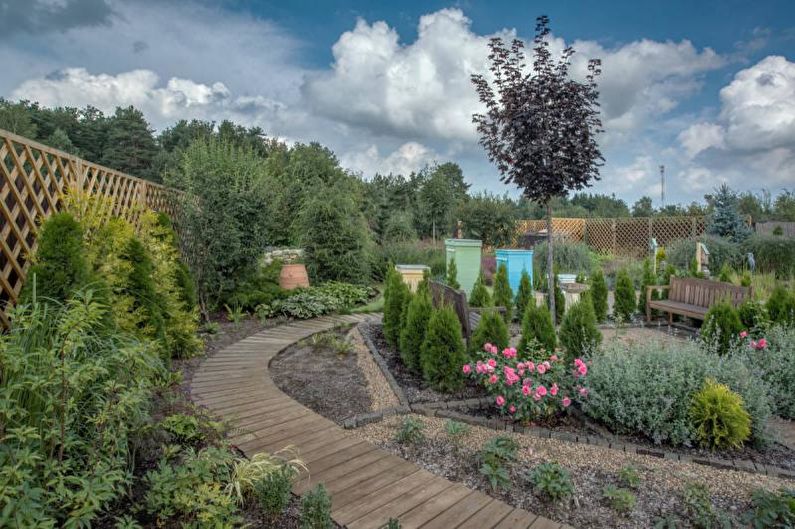
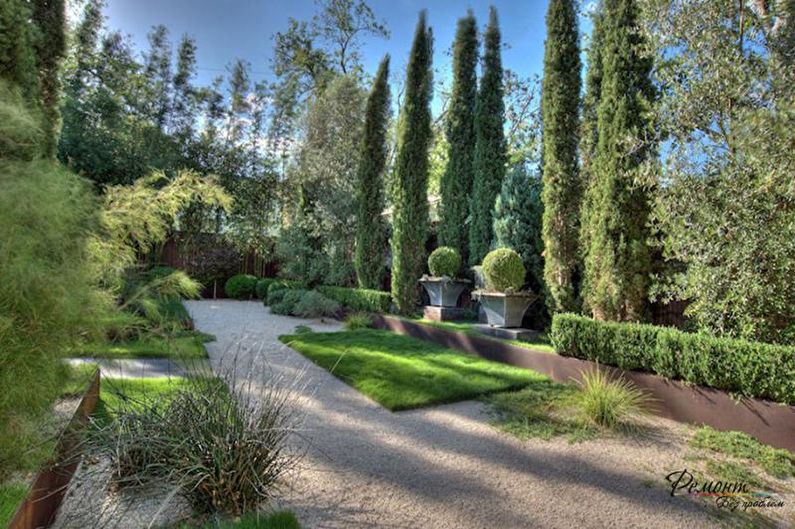
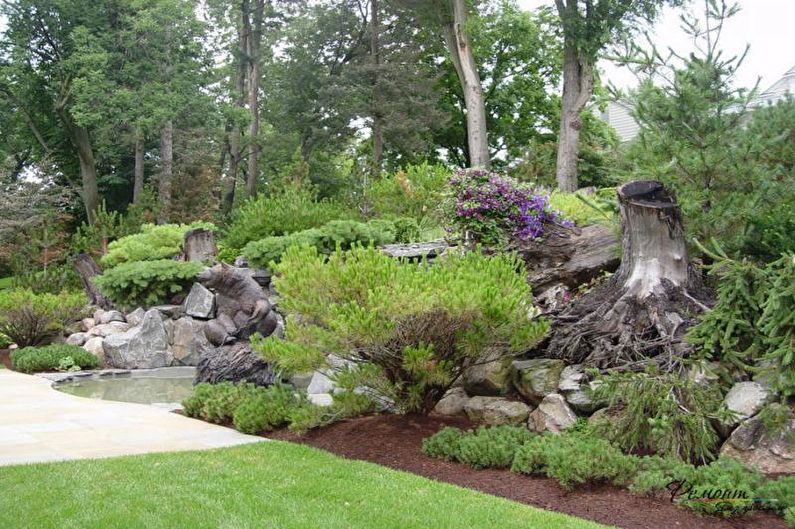
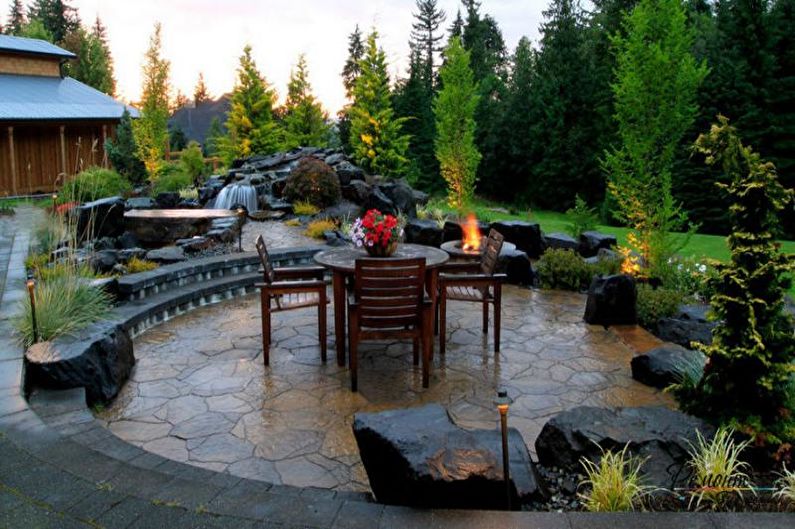
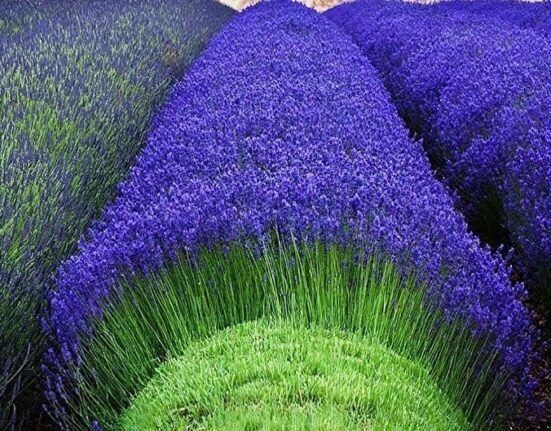
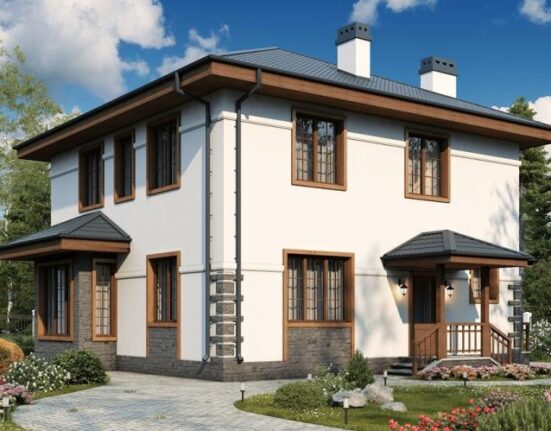

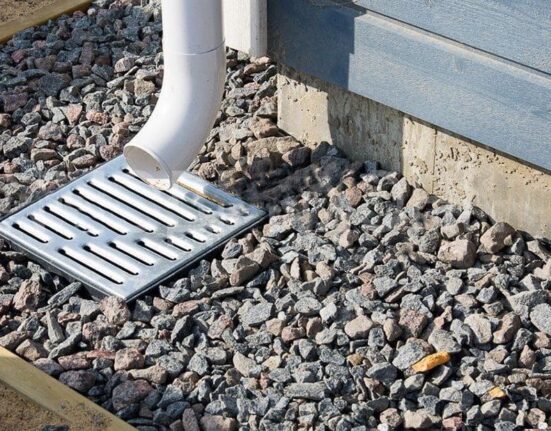
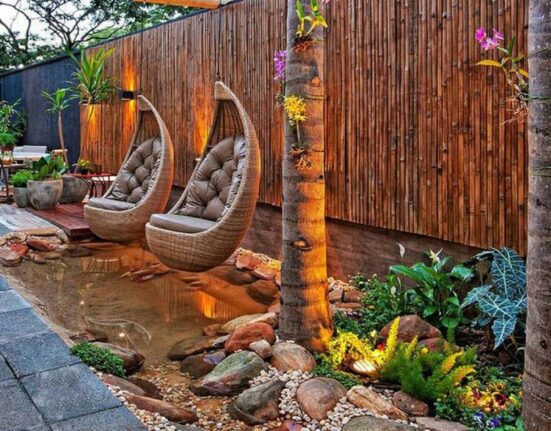
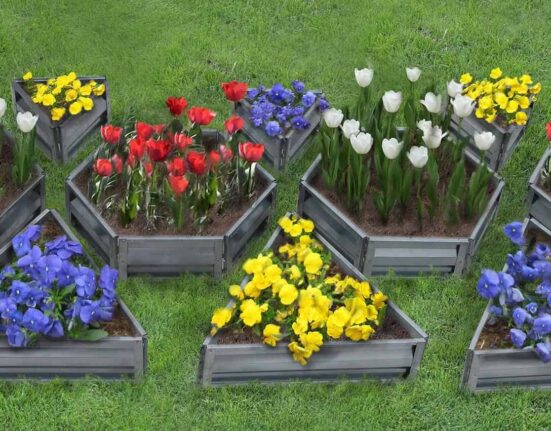
Leave feedback about this